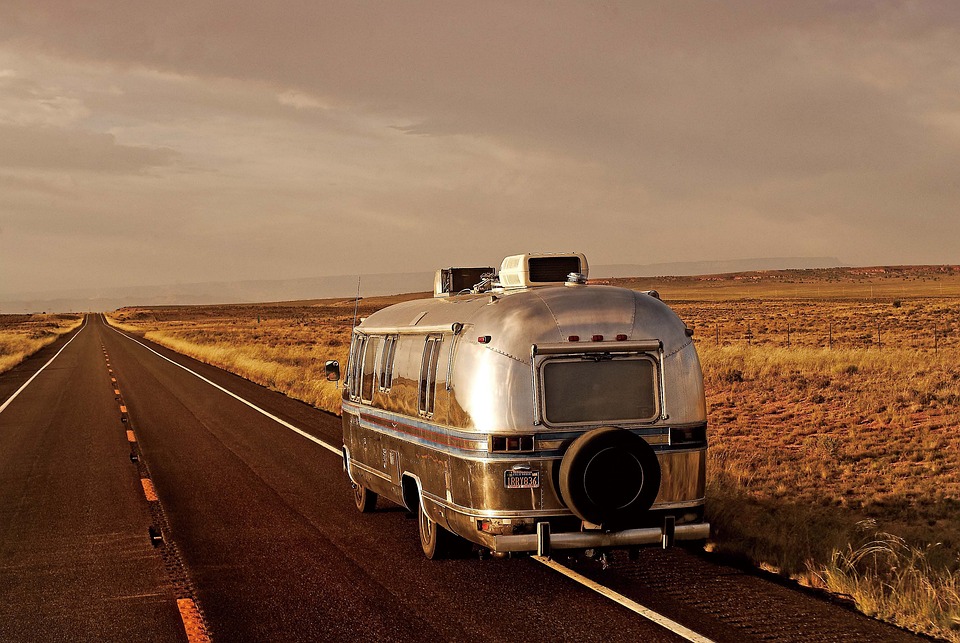Table of Contents
Introduction
Wild camping offers a unique and thrilling experience, allowing you to connect with nature and truly unleash your inner adventurer.
Sleeping under the stars, waking up to the sounds of nature, and being surrounded by breathtaking landscapes can be incredibly rejuvenating.
However, it’s important to approach wild camping with caution and preparedness to ensure a successful and safe experience.
In this article, we will provide you with essential tips and guidelines for a memorable wild camping adventure.
Choosing the Right Location
One of the first steps in planning a wild camping trip is selecting the appropriate location.
Research the area you’re interested in and consider factors such as accessibility, terrain, and local regulations.
Look for sites that are environmentally friendly, away from residential areas, and have a low impact on wildlife and vegetation.
It’s essential to respect private property and obtain permission from landowners before setting up camp.
Additionally, checking weather conditions and potential hazards like flood-prone areas or avalanches is crucial for ensuring safety.
This information can be obtained from local authorities, park rangers, or experienced hikers in the area.
Prepare Adequate Gear and Equipment
Proper gear and equipment are essential for a successful and comfortable wild camping experience.
Make sure to invest in quality camping gear, including a suitable tent, sleeping bag, and mattress or sleeping pad.
Research the expected temperatures and weather conditions to choose appropriate gear for the season.
In addition to the basics, don’t forget to pack essential items such as a stove, water filter, cookware, food, and a first-aid kit.
It’s also beneficial to bring a map, compass, or GPS device to navigate the area safely.
Always inform someone about your trip itinerary and expected return date, just in case of emergencies.
Leave No Trace
When engaging in wild camping, it’s crucial to follow the “Leave No Trace” principles.
These principles promote minimal impact camping and ensure that nature is preserved for future generations.
These practices include disposing of waste properly, minimizing campfire impact, respecting wildlife, and leaving the camping site as you found it.
Make sure to bring sturdy garbage bags to pack out all trash and refrain from burning or burying it.
Use only designated fire pits or stoves and be aware of fire restrictions or bans in the area.
Be considerate of other campers and wildlife by keeping noise levels to a minimum and observing animals from a safe distance.
Stay Safe and Be Prepared
While wild camping is an exciting adventure, safety should always be a top priority.
Before heading out, familiarize yourself with basic wilderness first-aid practices and carry a well-stocked first-aid kit.
It’s also important to bring appropriate clothing layers for changing weather conditions, including rain gear and warm clothing even during summer months.
Water safety is crucial when camping in remote areas.
Always carry enough water or a water filtration system to ensure a clean and reliable water source.
It’s recommended to bring extra food and supplies in case of unexpected circumstances or delays.
FAQs
Q: Is wild camping legal?
A: Wild camping regulations vary depending on the region and land ownership.
Before going wild camping, research and familiarize yourself with the local laws and regulations.
In some areas, wild camping may be restricted or require permits.
Q: How can I minimize the environmental impact of wild camping?
A: To minimize your environmental impact while wild camping, practice “Leave No Trace” principles.
Leave the camping site as you found it, dispose of waste properly, and respect wildlife and vegetation.
Avoid trampling on vegetation and refrain from leaving any litter behind.
Q: What safety precautions should I take while wild camping?
A: Prioritize safety by informing someone about your itinerary and expected return date.
Familiarize yourself with basic first-aid practices and carry a well-stocked first-aid kit.
Check weather conditions before heading out and be prepared for changes.
Always follow safety guidelines related to campfires and make sure to follow any local restrictions or bans.




